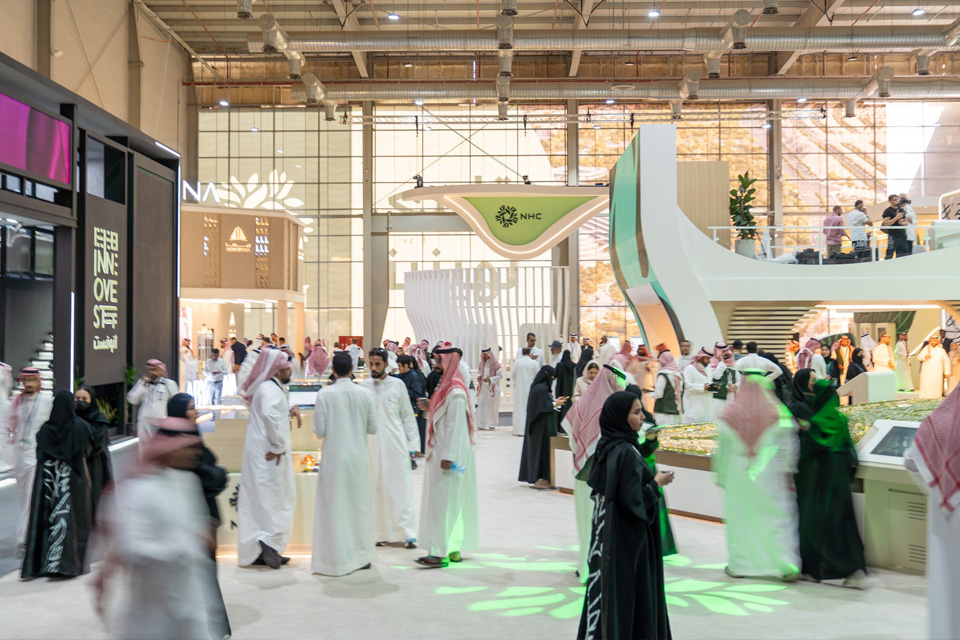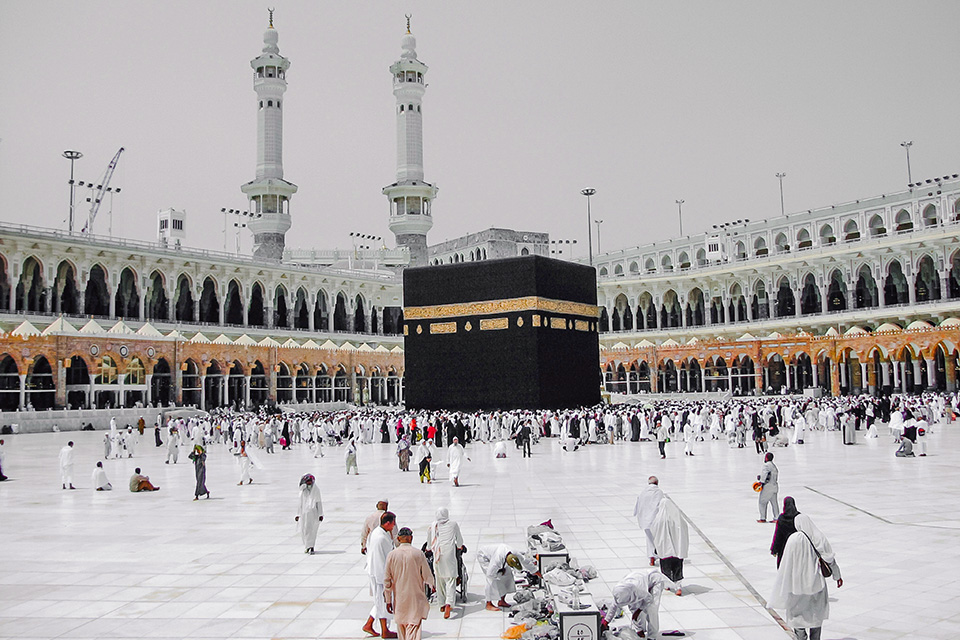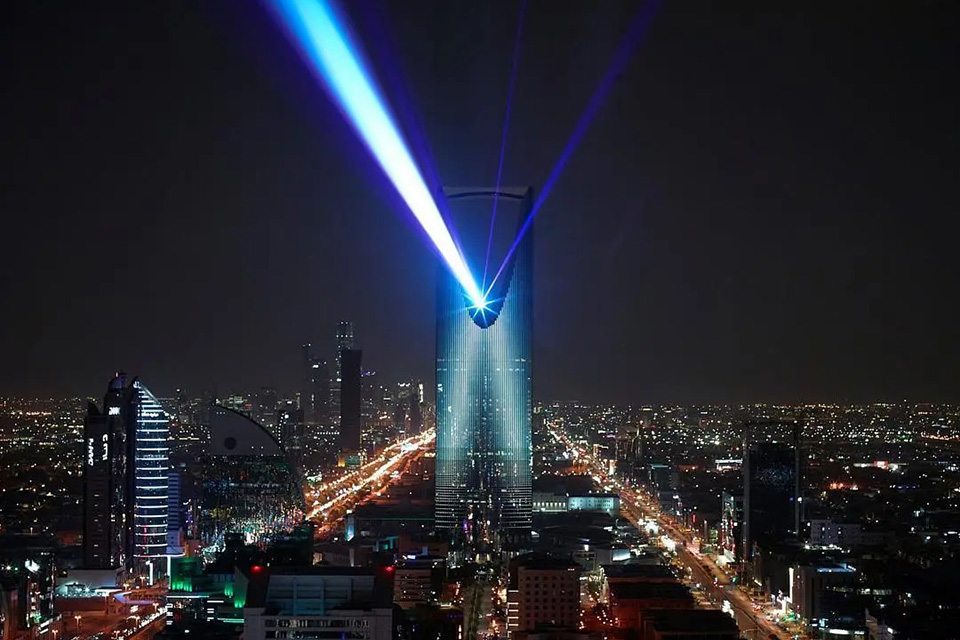- News
198 New Sites Added to Saudi National Antiquities Register
The discovery and documentation of 198 new sites illustrates Saudi Arabia’s rich heritage and fascinating history.
Saudi Arabia has documented 198 new sites of archaeological and historical significance, adding them to its National Antiquities Register. This achievement marks another significant step in the Kingdom’s efforts to preserve its rich cultural legacy. The Saudi Heritage Commission continues to play a vital role in uncovering and safeguarding the nation’s historical assets.
These newly documented sites span various regions across the country, including Asir and the Eastern Province, among others. Many of these locations feature ancient rock inscriptions, old settlements, and historic structures that reflect the Kingdom’s diverse heritage.
Wealth of new sites
At the moment, the Hail region has 50 registered sites, followed by the Makkah region with 39 sites. The Qassim region follows with 34 sites, and the Al-Jouf region with 28 registered sites. Meanwhile, the Madinah region has 14 sites and the Tabuk region has 13 sites.
Next is Riyadh with 8 sites, the Jazan region with five new sites, Asir and Najran with two sites each. Similarly, the Northern Borders also has two sites while the Eastern Province has one site.
With the 198 new sites, researchers and enthusiasts have more accurate and reliable information on Saudi heritage locations and archaeological sites. Currently, Saudi Arabia now has a total of 9,317 archaeological sites. They added At-Turaif District in Diriyah in 2010 and Historic Jeddah in 2014. Meanwhile, they added Rock Art in 2015, Al-Ahsa Oasis in 2018, and the Hima Cultural Area in Jazan in 2021.
Significance of the 198 new sites
According to the Heritage Commission, they conducted the registration of 198 new sites raises Saudi heritage’s global profile. In addition, the commission also recognized the important role that communities play in the discovery of new sites.
The Saudi government urges citizens to report new archaeological discoveries as well as any illegal activities harmful to archaeological sites. They can do so by contacting the commission on its social media accounts, the Balagh platform, or visiting its centers. Alternatively, they may also reach the commission by calling the Unified Security Operations Center 911.
The preservation of these sites aligns closely with Saudi Arabia’s Vision 2030 strategy. This initiative aims to promote cultural preservation, economic diversification, and sustainable tourism. As part of this vision, the Kingdom is actively investing in its cultural and historical assets, making them accessible to visitors worldwide.
Documenting these sites not only ensures their protection but also enhances Saudi Arabia’s appeal as a global cultural destination. By preserving its cultural sites, Saudi Arabia aims to attract millions of tourists interested in history and heritage.
Recent discoveries
Some of the key highlights of this recent effort include documenting ancient rock inscriptions that date back thousands of years. In October 2024, the Saudi Heritage Commission organized a symposium to discuss the latest findings at the Al-Faw archaeological site. The discoveries include evidence of a complex network of trade routes, illustrating the fascinating life of its early inhabitants.
These inscriptions offer insights into the lives, beliefs, and languages of early inhabitants of the Arabian Peninsula. Additionally, the newly registered sites include historical buildings and settlements that tell stories of Saudi Arabia’s vibrant past.






